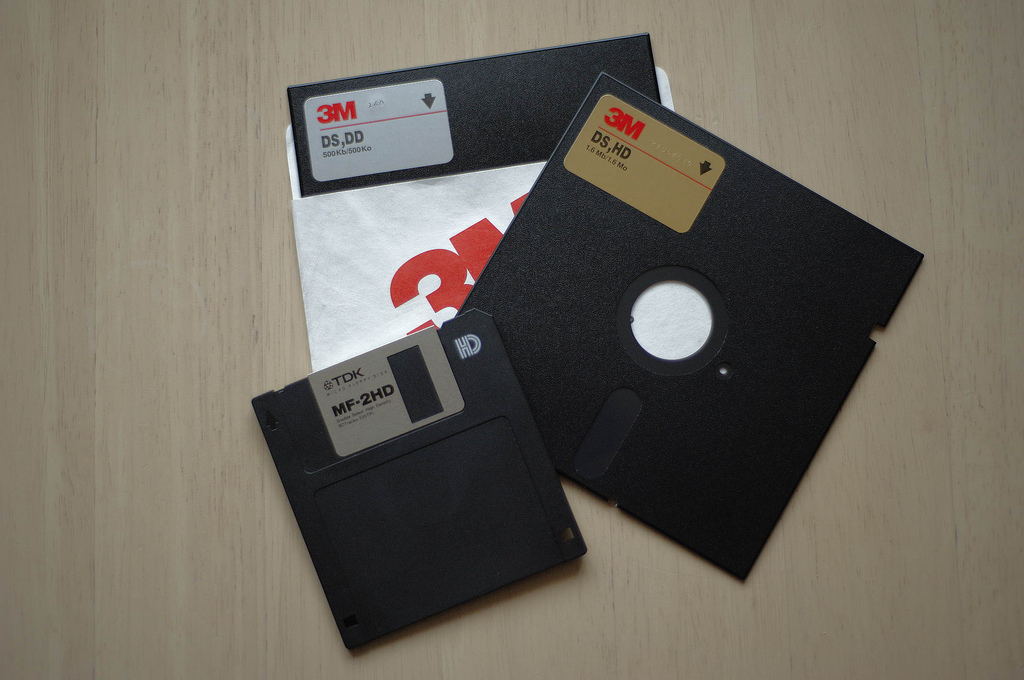— An explanation of value of shareware in the introductory catalog for The Software Labs, a shareware-by-mail distributor. The fairly slick 1992 catalog, which can be viewed in all its wonderful glory on the Internet Archive (warning: large PDF file, but worth it; for those who want something smaller, I uploaded a trimmed-down version here), features a massive number of games, education apps, and graphics programs. On the other hand, it has just seven business apps—which should give you an idea of the overall balance of what kinds of developers were making shareware. Such catalogs were common in the early 90s, during a period when people who didn't have modems had to acquire software in meatspace."You're probably used to buying an expensive, commercially marketed program, taking it home and hoping it does the job. All too often, though, you find it falls short of your expectations. The shareware way lets you choose from a wide variety of high quality programs and try them all until you find the one you like best. Then and only then do you pay a low registration fee to the program author."
Five notable pieces of shareware that redefined computing
PKZIP: This compression utility, created by developer Phil Katz in the late 80s, compressed files so efficiently that it became a de facto standard that's used to this day. Katz, who created this app after a legal battle over the similar .arc format, smartly made the .zip format open, only charging for his implementation of the format. He had a hit on his hands. But Katz's life, as we highlighted last year, wasn't so easy. He died in 2000.
McAfee Antivirus: Before John McAfee became the subject of, shall we say, interesting headlines, he innovated in the antivirus market by becoming the first person to offer such tools under a shareware license. The result was so effective that the software quickly caught up to its largest competitor, Symantec's Norton Antivirus—especially after he helped create a media frenzy around the Michelangelo virus.
Wolfenstein 3D: Clearly, id Software's Doom and Quake (and Duke Nukem 3D, released by Apogee/3D Realms) followed in its footsteps, but the drip-out strategy of this famous game—which innovated at a level that topped many shrink-wrapped games of the era—proved to skeptical gamers that shareware was definitely not a second-class product. Doom is arguably seen as a more influential piece of software, but Wolf3D proved out the model.
ZZT: The first game released by Epic Megagames is in some ways pretty much the opposite of what the firm, now known as Epic Games, is known for. (That is, the myriad versions of the Unreal Engine.) But in other ways, it makes a lot of sense. The game, which is completely built using ANSI graphics, stood out among game fans because of its built-in editing tools—which in many ways defined the company's future approach. Like Wolfenstein 3D, the success of this game set the stage for one of the defining game companies of the 21st century.
Trumpet Winsock: For years, Microsoft had a blind spot toward the internet, but shareware filled the gap on Windows 3.0 and 3.1. In particular, this shareware implementation of the Windows Sockets API became a must-have for many users who wanted to try out early graphical web browsers like Mosaic and Netscape. Microsoft eventually figured out it needed a version of this and indirectly made of a whole lot of money from it. Alas, Trumpet Winsock creator Peter Tattam received very little in profits from his widely-distributed software.
Screenshot from ZZT
Three guys, three apps, one great idea: The story of shareware's creation
— A quote from a recorded interview with Andrew Fluegelman, as cited by Infoworld contributor Kevin Strehlo in a memorial piece about the developer and magazine editor upon his 1985 disappearance. Fluegelman's legacy, as highlighted in this clip, looms large on early computing: Beyond being an inventor of shareware, he was the founding editor of PC World and MacWorld. But his health proved troublesome. He had developed cancer and was suffering from colitis at the time of his disappearance. (He has not since been found and is presumed dead.)As a 1985 transmission on the Newsbytes news wire notes, Strehlo departed from the magazine as a result of this piece, because the magazine chose to cut the last few paragraphs of his column, which stated the circumstances of Fluegelman's disappearance and speculated it was a suicide. (Also worth reading is an interview with Fluegelman for the magazine MicroTimes, republished by journalist Harry McCracken on Medium.)"I have never been as socially involved, as interconnected with as many different kinds of people, as when I started getting involved with computers."

How adware bastardized shareware's good name
In 1992, the same year that The Software Labs published its immaculate catalog, the Software Publishers Association released a video that was the antithesis of the free-for-all of the world of shareware. "Don't Copy That Floppy" used rap to awkwardly sell kids on the idea that you shouldn't share software.The video, forgotten in its time, became an eye-rolling classic during an era when millennials wore DARE shirts ironically and couldn't be bothered to tell you what Captain Planet was all about.Shareware, which had Wolfenstein 3D, Doom, and Commander Keen in its corner, looked a million miles cooler, and it didn't even have to resort to cheesy raps to sell itself.These days, more than ever, we embrace the underdog software developer. Sites like Product Hunt exist basically to fête the developer who's willing to take a risk on the unknown. It can be challenging to make a living on a big risk, but it's possible.By throwing out the shrink-wrap and the boxes, shareware created a path for the underdog to thrive. The culture we have around software these days exists because, way back when, we decided to copy that floppy.And thank God we did, because our software would suck without the underdog.
